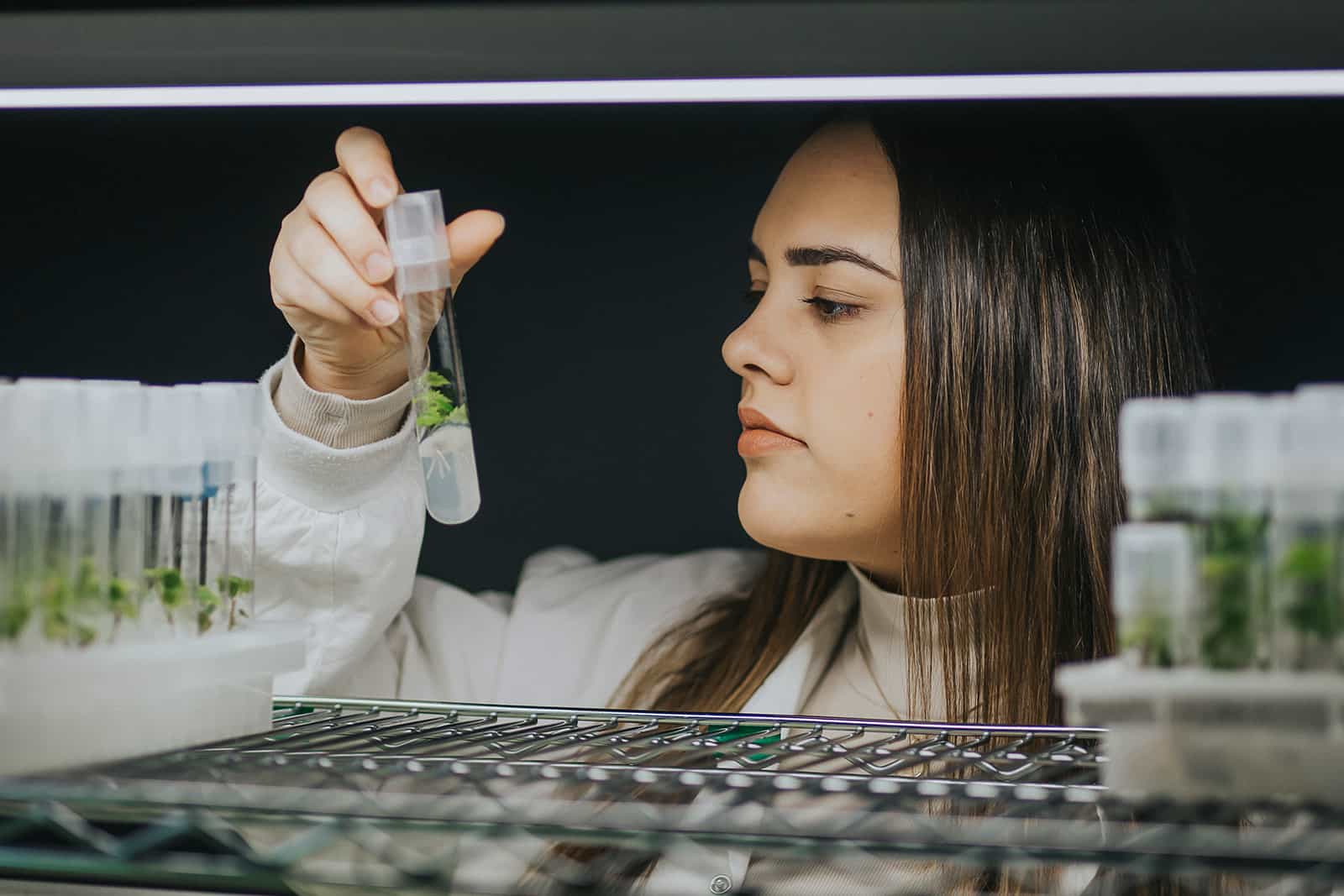
Plant biodiversity is threatened around the world, and our Acadia Seed Bank is a model for preserving it.
Native plants face stress from habitat loss, over-exploitation, climate change, disease outbreaks, and competitive pressure from invasive plants. The disappearance of native species also jeopardizes food security by fostering over-reliance on relatively few cultivars of crop plants.
A key strategy in the global effort to conserve plant biodiversity is the long-term banking of seed in various types of cold storage facilities. Some of the largest seed banks include Svalbard Global Seed Vault in Norway (crop plants) and the Millennium Seed Bank in England (native plants). Canada currently maintains several seed bank/genetic resource facilities, but with an emphasis on agricultural crops, fruit crops, and forest trees.
The Acadia Seed Bank is uniquely focused on the conservation of native plants from within the Wabanaki, or Acadian Forest Region. To date, more than 300 native species, including many rare and endangered species, have been collected, studied, and stored.
Acadia students are involved in seed bank-related activities through volunteering, internships, and academic requirements for their degree programs. In addition, numerous staff and other volunteers, such as the Friends of the Acadian Forest Society, have been instrumental in advancing the seed bank program.
In 2013 Dr. Robin Browne became the driving force behind seed bank and tissue culture lab development by sourcing funding and researching methodologies. Dr. Browne retired in 2023, though we are grateful to retain his expertise as a consultant. Today, several Acadia faculty and staff collaboratively support the continuation of the Seed Bank and Tissue Culture program at the K.C. Irving Environmental Science Centre.
The Seed Bank also makes extensive use of tissue culture facilities in the K.C. Irving Environmental Science Centre. Tissue culture procedures can provide benefits in propagating and preserving native plant germplasm. Research in the tissue culture lab at the K.C. Irving Environmental Science Centre is focused on the development of micro-propagation procedures for rare and endangered plants of the Acadian Forest Region.
Learn more about the process:
View some of our collection:
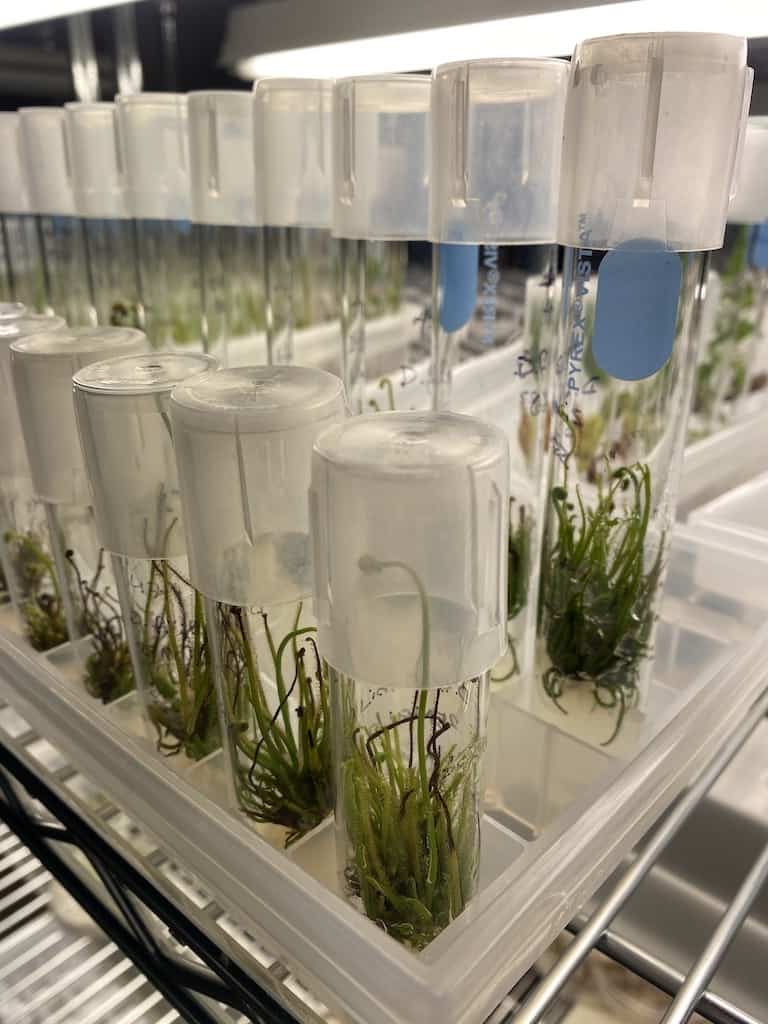
Thread-leaved sundew (Drosera filiformis) is a small insectivorous plant that grows in acidic, nutrient poor bogs along the coastal plain of eastern North America. It is found in only five sites on the southernmost tip of Nova Scotia and is considered Endangered. This plant is permanently maintained in tissue culture to ensure it will exist even if wild populations are further threatened. Tissue culture is used because the plant does not often produce seed and it is difficult to grow from seed.
Rockrose or Canada Frostweed (Crocanthemum canadense) is Endangered in Nova Scotia with an estimated population of fewer than 5500 mature individuals. It grows primarily in sand barrens in the Annapolis Valley. This a unique habitat has faced significant decline and only 3% of the sand barrens are considered intact today. The plant is a small perennial with yellow flowers visible in early summer.
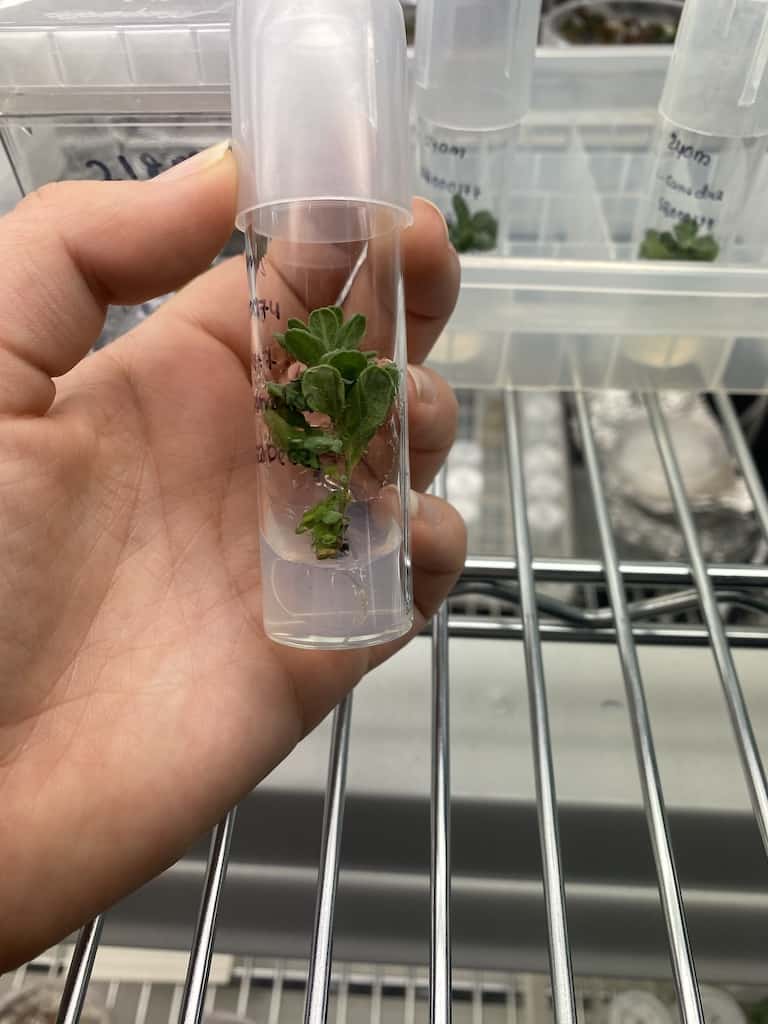

Eastern Mountain Avens (Geum peckii) is a small yellow-flowering plant found in bogs on Brier Island and Digby Neck. Globally, the only other place this plant is found is in New Hampshire’s White Mountains. The Nova Scotia population of G. peckii has declined significantly due to habitat degradation. This species is conserved in the seed bank and in tissue culture. In 2016, a population from the seed bank and tissue culture was successfully reintroduced back into the wild (under required scientific permits). This was an important step in validating the methods and utility of the seed bank.
Seed Bank Photos
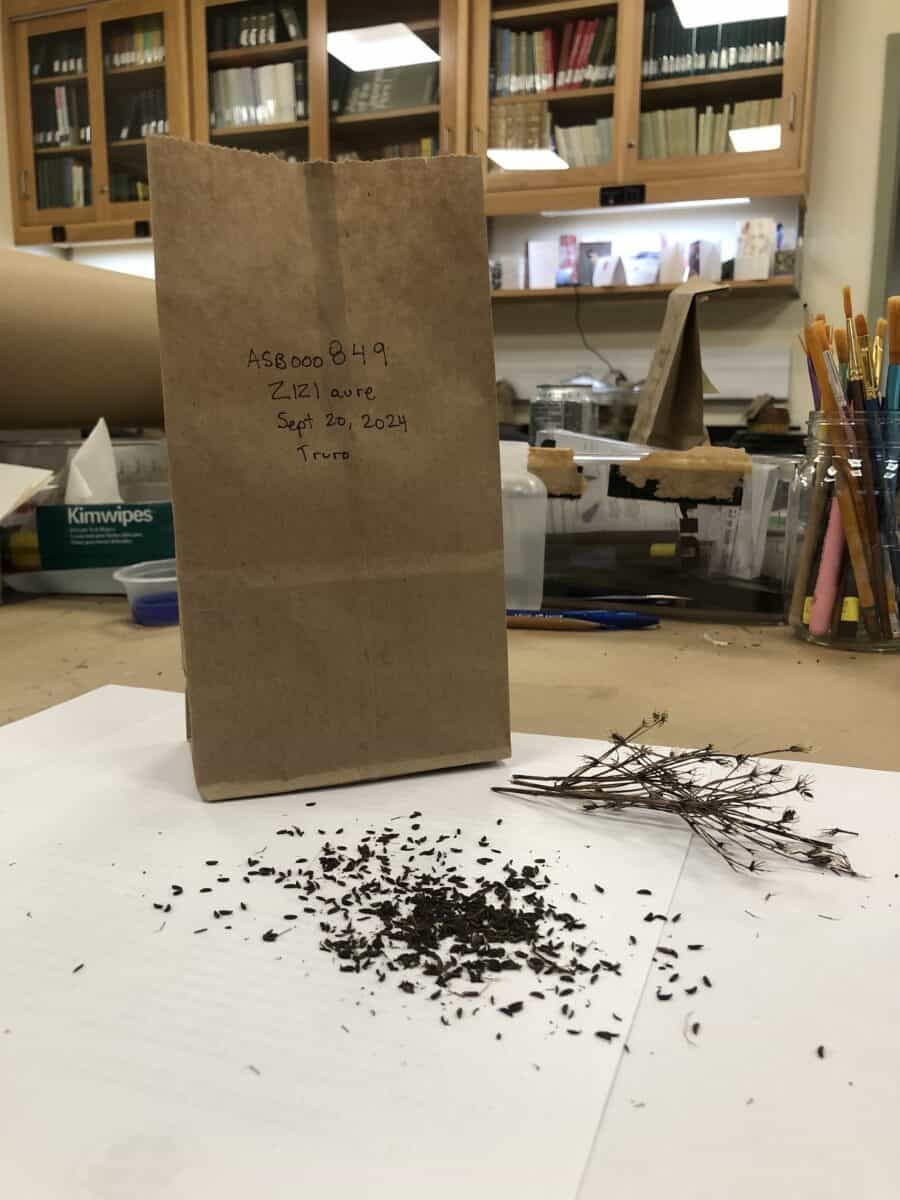


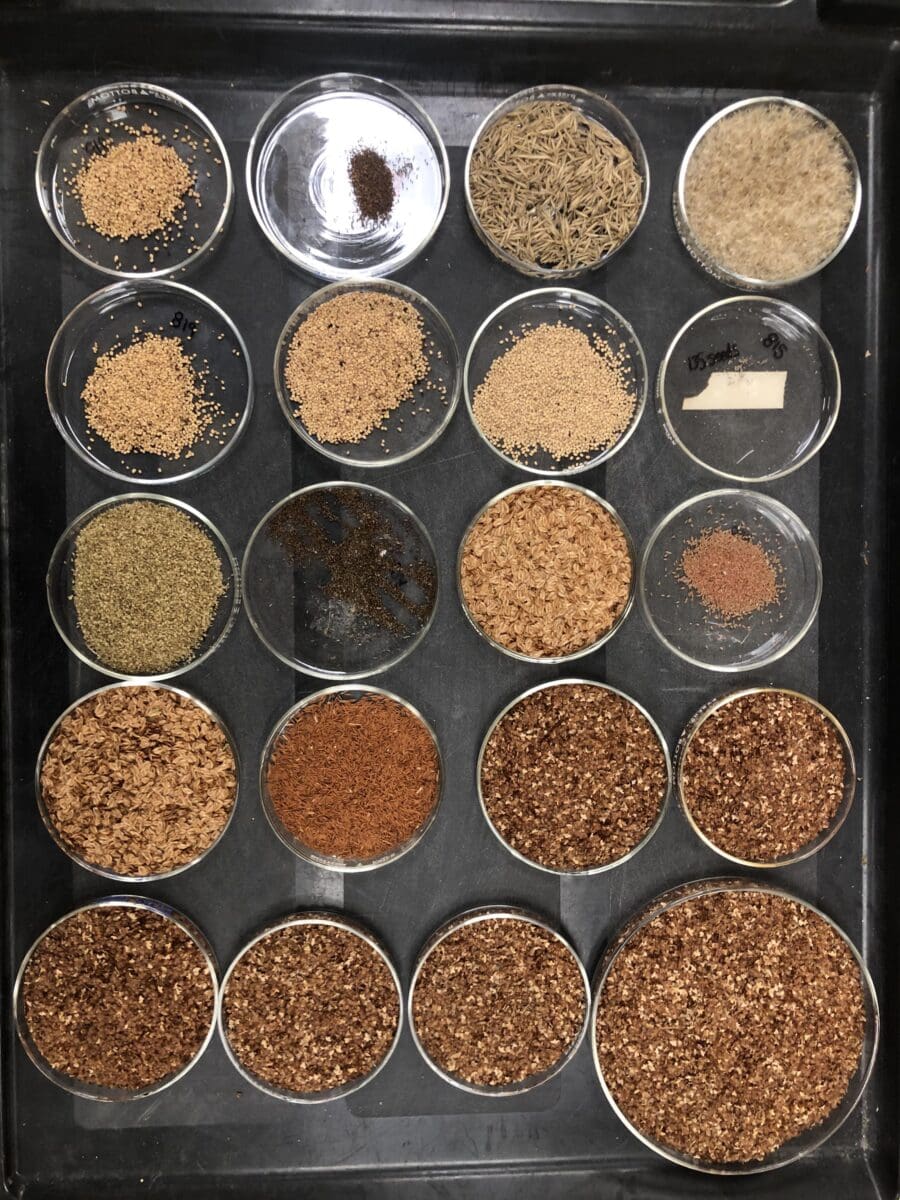
For more information on the Acadia Seed Bank or Tissue Culture programs please contact Sarah Hines, K.C. Irving Centre Research Manager, or Alain Belliveau, Irving Biodiversity Collections Manager of the E.C. Smith Herbarium.


 Acadia University
Acadia University